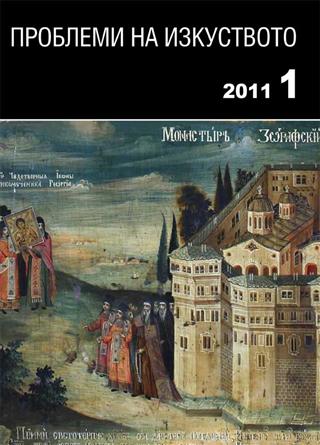Зографско сликарство прве половине 19 века у Србиjи – пример цркве Ваведења Богородице манастира Троноша
The Wall-Paintings of the first half of 19th century in Serbia – the Church in the Monastery Tronosha
Author(s): Gordana KelicSubject(s): Fine Arts / Performing Arts
Published by: Институт за изследване на изкуствата, Българска академия на науките
Summary/Abstract: After dramatic historical circumstances and riots against the Ottoman rule in the beginning of 19th c., and the efforts for establishing state and church autonomy, we notice a revival of artistic practice in Srebia. The first decades of the century are marked by the artistic practice which inherited the zograf painting tradition. First zograf painters who worked on the territory of the independent Principality of Serbia came from the South. The iconographic and stylistic characteristics of their painting derived from the centuries-long artistic tradition of the Ohrid Archbishopric. In this group of painters belong zografs Mihailo Konstantinovic from Ohrid, and Nikola Jankovic from Bitolj who painted in Serbia for several decades during 19th c. Fresco paintings of the Church of the Presentation of the Holy Virgin in Tronosa Monastery represent their most important work. In this paper we shall point on the several iconographic and thematic characteristics of the fresco paintings of the church in Tronosa. Painters Mihail and Nikola accomplished this fresco ensemble due to their experience gained on the territory of the Ohrid Archbishopric. Their style we associate with work of the zografs from Korca from the second half of the 18th and the beginning of the 19th c.
Journal: Проблеми на изкуството
- Issue Year: 2011
- Issue No: 1
- Page Range: 29-36
- Page Count: 8
- Language: Macedonian
- Content File-PDF

